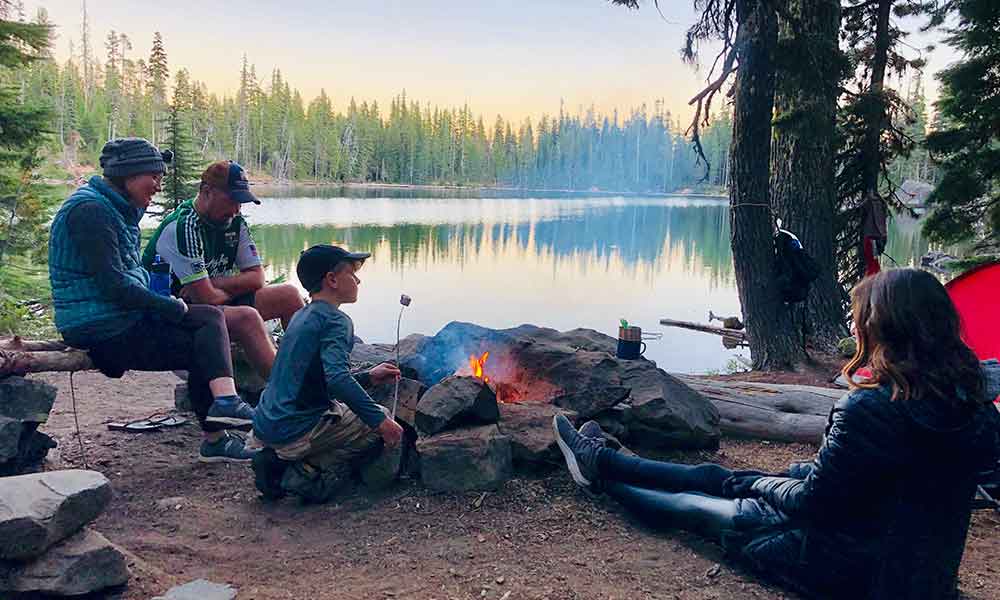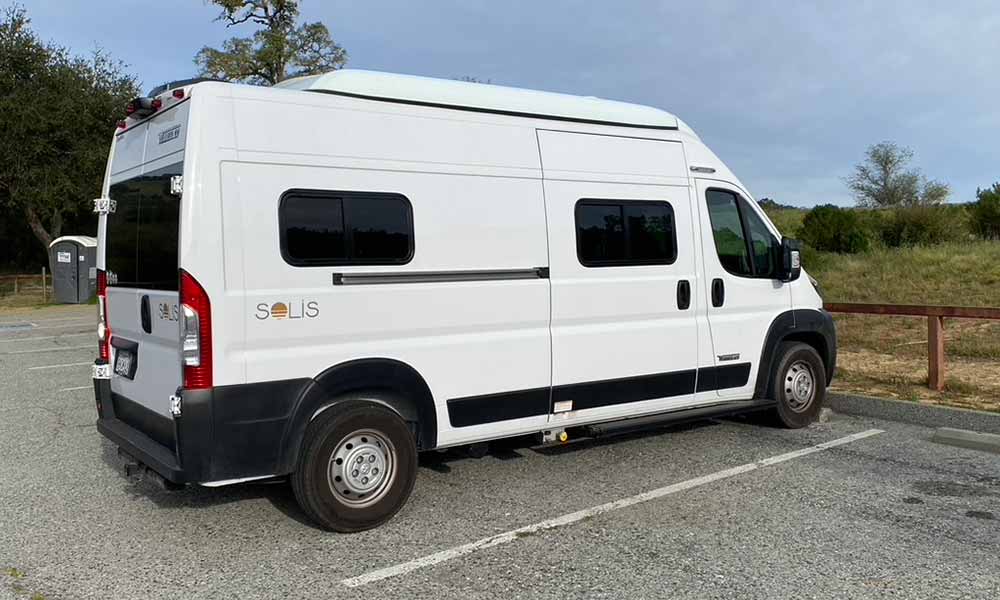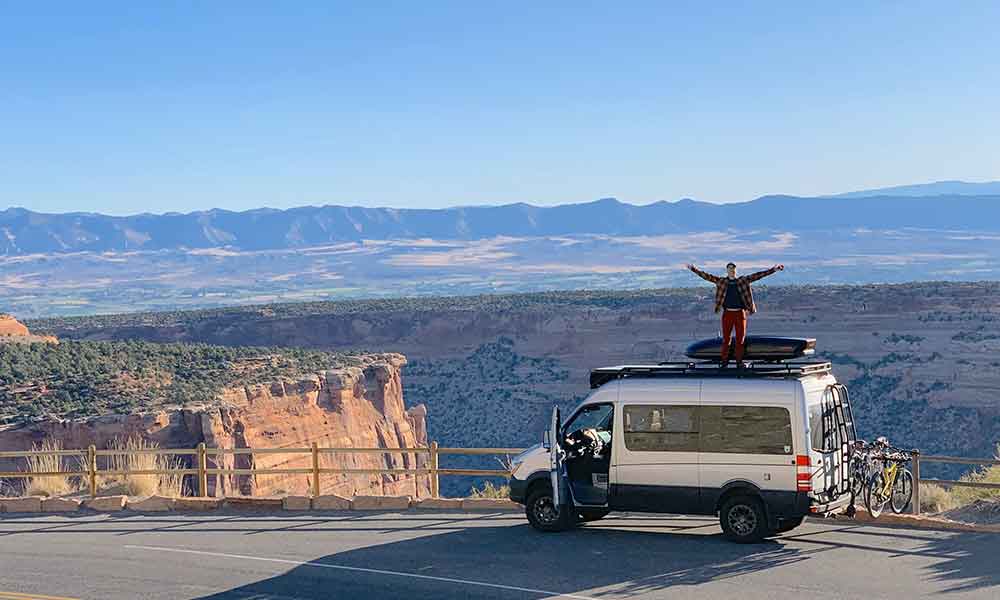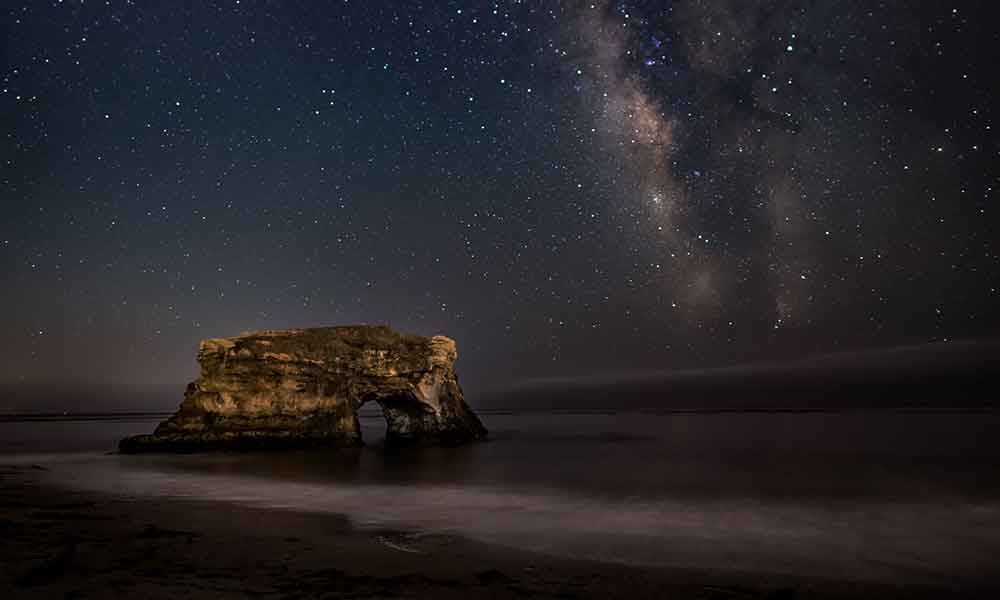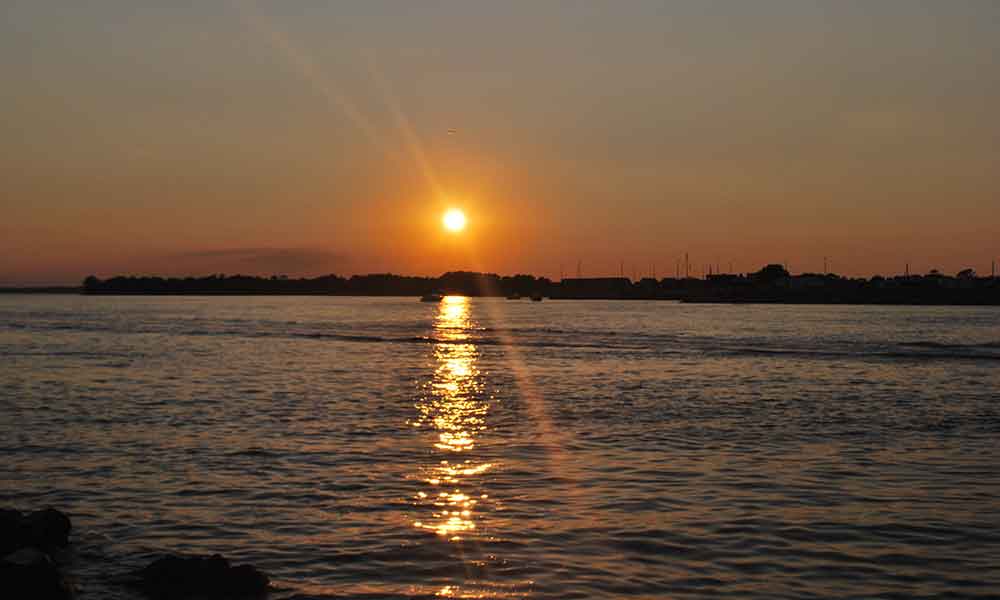Undoubtedly, one of the main reasons anybody goes on a camping trip is to enjoy some solitude in nature and some peace and quiet. However, if you’ve ever been camping in a National Forest, you’ll know that the designated camping grounds often feel crowded. For a more secluded experience, you might be wondering, “Can you camp anywhere in a National Forest?”
Although camping is allowed in all National Forests, this doesn’t allow campers to set up tents anywhere they’d like. Most National Forests have designated campgrounds that provide access to various amenities. However, dispersed camping is permitted in designated areas for a more secluded experience.
Do not let that straightforward answer deter you. There are many opportunities to enjoy a secluded camping experience in several National Forests found throughout the country. While there are still regulations and rules to adhere to, we will show you how to enjoy the best-secluded camping experience in a National Forest.
Are You Allowed To Camp Anywhere In A National Forest?
For any passionate outdoor enthusiast and adventurer, peace, quiet, and solitude are undoubtedly the goal and purposes behind going on a camping trip. All of the 154 National Forests have designated campgrounds welcoming those with RVs, camper vans, and tents.
These campgrounds are fantastic in that they provide campers with access to several amenities, including water, electricity, and even cabins for those who might be looking for more of a glamping experience. As great as all of that is, it might not appeal to every kind of camper, especially since these campgrounds can get very crowded, especially during peak seasons.
The great news is that out of the 154 National Forests, almost all allow dispersed camping outside the designated campgrounds. This is ideal for those looking for a more secluded camping experience. While you can’t necessarily set up camp anywhere, there will undoubtedly be several options to get away from the business of designated campsites.
The general rule here is that camping is allowed anywhere in a National Forest unless otherwise specified, so make sure to contact the relevant officials to find out about the dispersed camping regulations on the National Forest of your choice. The primary reason for the camping limitations is to keep the National Forests well maintained and protected.
What is Dispersed Camping?
Perhaps you are a newbie to camping, and you are wondering, “what exactly is dispersed camping?” Simply put, dispersed camping describes the act of setting up a tent outside of the designated campgrounds. Dispersed camping is undoubtedly the best option for those looking for a more secluded camping experience.
However, there is another benefit to dispersed camping. While the designated campsites offer access to comfortable amenities and various camping facilities, they do not provide access to any of that for free. Indeed, camping in National Forests requires fees ranging up to roughly $50 per day. Certainly, any glamping comes at a price.
Dispersed camping, on the other hand, is almost always free. One of the significant benefits of camping outside of designated campgrounds is that typically it will not cost you a cent. Because of this, you will not have access to any comfortable amenities like running water, toilets, or electricity. So, a lot more planning is required for dispersed camping.
Also, depending on how far out you set up camp, remember that you will ultimately be further away from any aid. Dispersed camping undoubtedly requires more thought around safety and adequate preparation since it is a much more primitive camping experience. It does make for an epic adventure, though!
Common Regulations For Dispersed Camping
If you’re looking to go on a dispersed camping trip in a National Forest for the first time, it is imperative that you make yourself aware of the necessary regulations and rules. They are different from the designated campgrounds and are put in place to ensure your safety and that you help to protect and maintain the overall environment of the National Forest.
Here are a few standard regulations for dispersed camping in a National Forest:
Do Not Leave A Trace
A general rule to live by when camping is to leave the space the way that you found it. This is especially necessary if you will be camping in a National Forest. By the time you leave, it should almost look as though you were never there in the first place. Make sure to remove any trash and anything else necessary to keep the area clean.
Fires
It is vital that you use caution when lighting a fire while camping in a National Forest. Firstly, ensure that you clear the area where you plan to start the fire from any flammable materials. It is imperative that you attempt everything possible to ensure the fire remains contained. Once you leave, make one hundred percent sure that the fire has been properly extinguished.
There may also be seasons where burn bans are put in place. Ensure that you research any changes in regulations to avoid any fines or causing any damage to the National Forest.
Firewood
When it comes to firewood, you may not cut wood from nearby living trees, plants, or shrubbery. You may only use what has naturally fallen or broken off onto the ground. Once again, the primary concern is protecting and maintaining the Natural Forests.
Food Storage
Some National Forests might have specific regulations regarding food storage. These regulations are put in place to prevent unwanted visits from wild animals – particularly bears. Your safety and that of the wildlife are of utmost importance, so look out for any specific food storage regulations at the National Forest you choose to visit.
Human Waste
As previously mentioned, dispersed camping means that you won’t have access to comfortable amenities like toilets. This means that you need to be responsible for the appropriate disposal of your waste. When dispersed camping in a National Forest, all human waste must be buried in a hole of at least six inches deep.
Clean Water
Again, since you won’t have access to running water, it is vital that you bring enough water along for your camping duration. Consider also bringing a water filtration device should you need to top up your water at a nearby river or stream.
Conclusion
All in all, a dispersed camping experience is one of the best adventures that you could ever have. While there might be certain areas that are off-limits, you will still have plenty of space to enjoy a secluded camping experience in one of the many National Forests. Only make sure to do proper research and follow any necessary regulations, and you’ll be good to go!

